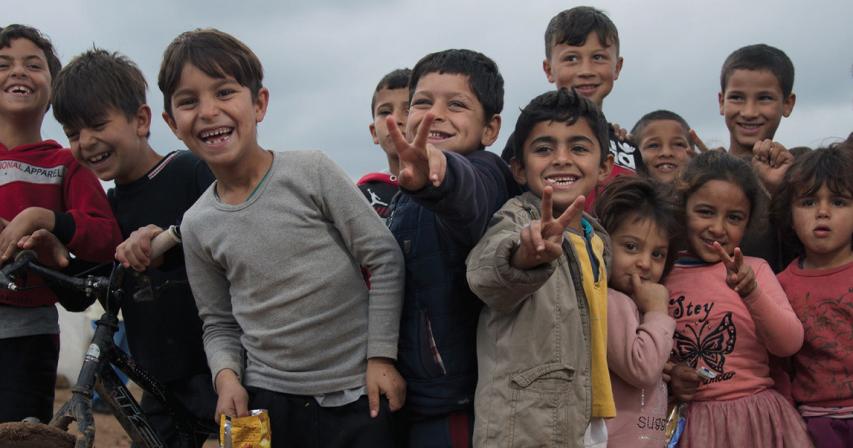Children hardest hit by crisis
- 4 years ago

Children are usually victims of wars and crises. Even though they do not suffer any physical harm, they receive a major psychological negative impact. Their psychological pain is one of the most widespread and common syndromes in societies suffering the prolonged crises and conflicts. Their suffering from malnutrition, hunger, poverty, and the discontinuation of their family resources will hinder their growth and development, leaving them open to the most serious violations of human rights such as child labor, killing, kidnapping, attacks on schools and hospitals, and denial of humanitarian access
In recent years, violations against children have increased. Some 250 million children need protection and live in countries and regions affected by conflict. Nearly one in five children live in areas affected by conflict, according to the ‘Save the Children’. Already, there are an estimated 152 million children in child labour, 72 million of whom are in hazardous work.
In Yemen, children are hit hardest by conflict hunger, epidemics, the deprivation of education. Besides, the deterioration of living conditions may push more children to child labor. International organizations indicate that child labor in Yemen has grown exponentially, reaching 1.6 million children in child labor. Most of these children work in very dangerous circumstances.
The Syrian refugee crisis remains one of the most severe humanitarian crises in the world, with 5.6 million refugees, including over 2.5 million children.
Out-of-School Children
Education is the most affected by conflict, as statistics show that half of the children out of school live in conflict-affected countries. The conflict displaced thousands of people and caused the closure of schools. Even in cases, international relief is delivered to conflict-stricken countries, education is not among key support priorities.
However, education has become one of the most important priorities for humanitarian organizations in times of humanitarian crises, such as refugee crises due to natural disasters, conflicts, or global crises.
According to a report published on the UNESCO website, “the COVID-19 pandemic has created the most severe disruption to global education systems in history, forcing more than 1.6 billion learners in more than 190 countries out of school at the peak of the crisis. It threatens the future of a generation with 24 million children and youth at risk of dropping out.”
The report further says “The COVID-19 pandemic has exposed and deepened education inequalities, marginalization and exclusion. At least 463 million or nearly one-third of students around the globe remain cut off from education, mainly due to a lack of remote learning policies or lack of equipment needed for learning at home.”
Qatar Charity’s contribution to education in emergencies
Qatar Charity has implemented QR 64 million projects and assistance in support of education during 2019 and 2020, benefiting more than 765,000 people.
Qatar Charity has implemented projects in support of education in emergencies in Turkey, Syria, Palestine, Sudan, Lebanon, Bangladesh, Yemen, and Indonesia.
Qatar Charity’s intervention for education in emergencies includes the maintenance and reconstruction of educational institutions, offering water and sanitation services, printing and distributing 9 million textbooks, providing school bags, scholarships, and 100 school caravans, and repairing 73 schools in Aleppo and Idleb.
Qatar Charity has adopted digital solutions to serve humanitarian causes, including education for refugee children and youth. It contributed to launching the World Refugee School (WRS) initiative, in cooperation with its founding partners.
Qatar Charity has signed several agreements with UN organizations to protect education in crisis-stricken areas.
Source: Qatar Charity
Comments